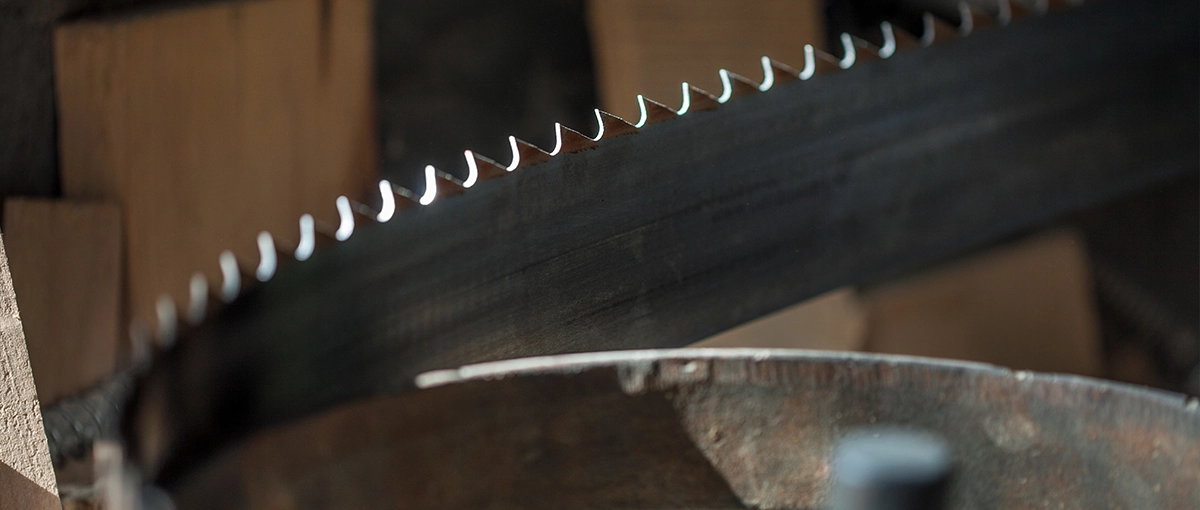Guide to Bandsaw Blade Tensioning and Alignment

Properly tensioned and aligned bandsaw blades are essential for smooth, accurate cuts and prolonged tool life. Whether you’re cutting metals, woods, or composites, keeping your equipment in top shape can save time, money, and frustration.
Why Blade Tension Matters
Blade tension directly impacts cutting accuracy and blade longevity. Too little tension leads to deflection, wandering cuts, and potential blade breakage. Excessive tension, on the other hand, stresses the blade and the saw, causing premature wear.
To find the optimal tension for your blade, consult the manufacturer’s recommendations. These values are typically measured in pounds per square inch (psi) and vary depending on blade type and material. A tension gauge can help ensure accuracy.
Steps to Check and Adjust Tension
- Power Down: Always disconnect power to the bandsaw before making adjustments.
- Loosen the Blade: Turn the tension adjustment knob to relieve tension before installation or changes.
- Install or Inspect: Place the blade on the wheels, ensuring it seats correctly in the guides.
- Set Tension: Use the tension knob or lever to apply the recommended pressure, checking with a gauge if available.
- Test the Blade: Rotate the wheels by hand to confirm smooth movement without wobble or slack.
Understanding Blade Alignment
Alignment ensures the blade tracks correctly on the wheels and cuts true. Misalignment can cause uneven wear, inaccurate cuts, and potential damage to your saw.
Check both horizontal and vertical alignment. Horizontal alignment ensures the blade stays centered on the wheels, while vertical alignment guarantees the blade remains perpendicular to the table.
Steps for Proper Alignment
- Inspect Wheel Tracking: Use the tracking adjustment knob to center the blade on the wheels.
- Adjust Blade Guides: Position the upper and lower guides close to the blade without touching it. This minimizes movement during operation.
- Check Thrust Bearings: Adjust thrust bearings to sit just behind the blade, preventing backward movement without constant contact.
- Align the Table: Use a square to confirm the table is perpendicular to the blade. Adjust as necessary.
Common Issues and Troubleshooting
Even with careful setup, issues can arise. Here are common problems and solutions:
- Blade Slippage: Increase tension slightly and check wheel cleanliness.
- Uneven Cuts: Verify guide and thrust bearing settings. Dull blades can also cause this issue.
- Noise or Vibration: Inspect for debris on the wheels or worn bearings.
Maintaining Your Bandsaw
Regular maintenance prevents costly downtime. Clean wheels and guides frequently to remove buildup. Inspect blades for wear, and replace them when they show signs of dullness or damage. Lubricate moving parts as recommended by the manufacturer.
Wrap-Up
Taking time to properly tension and align your bandsaw blade pays dividends in performance and longevity. By following these steps, you’ll achieve cleaner cuts, reduce waste, and extend the life of your equipment.


